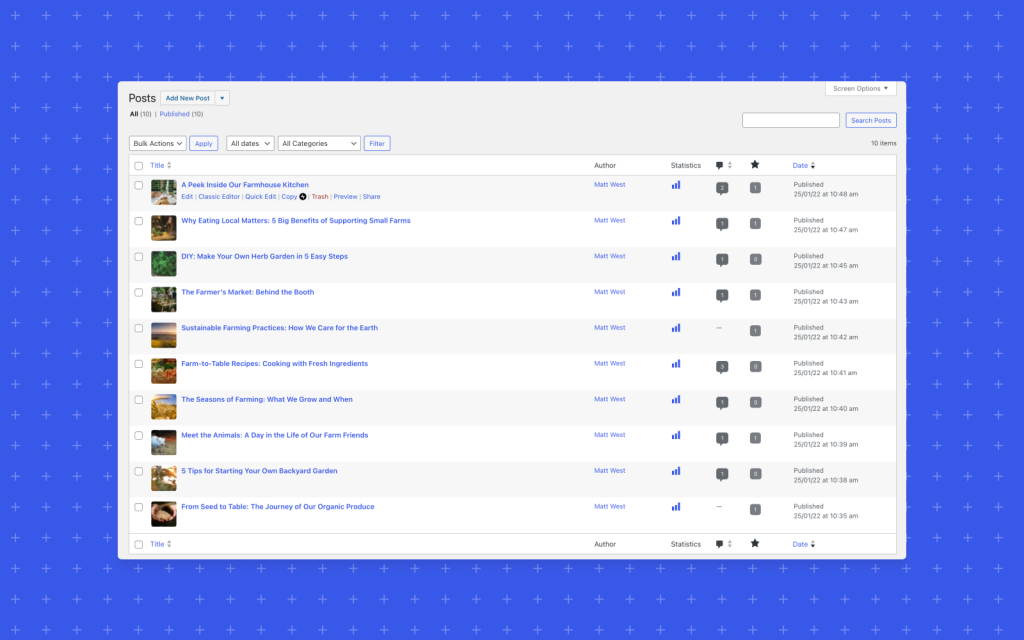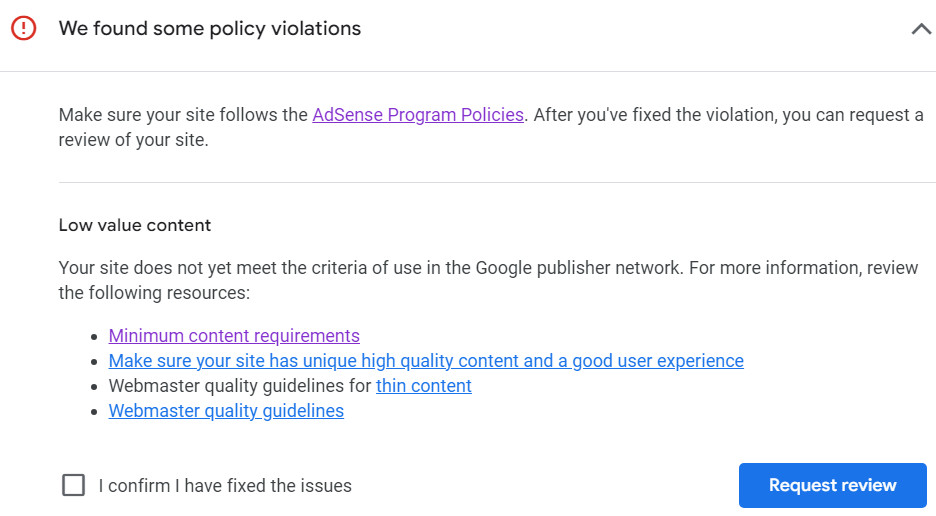
When building a website, it’s essential to understand the various components that make up a URL (Uniform Resource Locator). Two of these components—domains and subdomains—play an important role in how web addresses are structured. Whether you’re a beginner or an experienced developer, understanding the distinction between a domain and a subdomain will help you organize your website better, enhance navigation, and even improve SEO (Search Engine Optimization). In this post, we’ll dive into the differences between a domain and a subdomain, and how each one serves its purpose.
What is a Domain?
A domain is essentially the main address of your website. It’s the part of the URL that represents your brand, business, or personal website and acts as the primary entry point to your online presence. In a typical web address, the domain is located between the “www.” and the “.com” (or another extension like .net, .org, etc.). For example, in the URL:
https://www.example.comHere, example.com is the domain. It is unique to your website and is purchased through a domain registrar.
A domain typically consists of two parts:
- Second-level domain (SLD): This is the part of the domain that usually represents the name of your business or the service you’re offering (in the example, “example”).
- Top-level domain (TLD): This is the suffix of the domain name, like “.com,” “.net,” “.org,” or country-specific domains like “.uk” or “.ca.”
The domain name serves as the “identity” of your website and is what users will type into their browser to reach your site.
What is a Subdomain?
A subdomain is a secondary, hierarchical part of a domain name. It’s used to organize and navigate to specific sections or sub-categories of your website without needing to register a completely new domain. A subdomain essentially exists within the context of a primary domain and can be used for various purposes, such as creating distinct areas of your website, separate websites for different regions, or even different services within a single brand.
A subdomain is created by adding a prefix to the domain, followed by a period. For example, in the following URL:
https://blog.example.comHere, blog is the subdomain, and example.com is the domain. In this case, the subdomain “blog” could lead to a blog section of your website, while the main domain might lead to the homepage.
Some common examples of subdomains include:
- www: Many websites use “www” as their subdomain (e.g., www.example.com).
- blog: Websites that have a blog section often use a subdomain like blog.example.com.
- shop: E-commerce sites might use a subdomain like shop.example.com for their online store.
Subdomains allow you to structure your website in a more organized way, directing users to specific sections or creating entirely new content areas without the need for a separate domain.
Key Differences Between a Domain and a Subdomain
- Hierarchy:
- A domain is the main address and can be thought of as the “root” of a website.
- A subdomain is a part of the domain, typically used to segment different areas of a website.
- Purpose:
- A domain represents your brand or website as a whole.
- A subdomain is used to differentiate content, such as specific services, regions, or blog sections.
- Ownership and Registration:
- A domain is purchased and registered through a domain registrar.
- Subdomains are typically created and managed through your hosting provider or domain registrar’s control panel, often without additional costs.
- SEO Considerations:
- While both domains and subdomains can be indexed by search engines, subdomains are often treated as separate entities, meaning that the SEO efforts on the main domain may not directly impact the subdomain. This can be beneficial if you want to target different audiences or regions but can also mean you need to optimize each subdomain individually.
- Cost:
- A domain comes with a cost for registration and renewal.
- Subdomains are free to create, as long as you own the primary domain.
When Should You Use a Subdomain?
Subdomains are ideal when you want to create distinct sections or services within a website, but you don’t want to buy a separate domain for each. Here are a few situations where using subdomains makes sense:
- Separate Sections: If your website has a blog, store, or community forum, using subdomains (e.g., blog.example.com or shop.example.com) can help keep the site organized.
- Targeting Different Geographies: For businesses with a global audience, subdomains like us.example.com or uk.example.com can help target specific regions with localized content.
- Specialized Functions: If you offer a different service, like a forum or support center, a subdomain like forum.example.com or support.example.com can help keep things clear and organized.
Conclusion
In short, the difference between a domain and a subdomain is that the domain is the main address of your website, while a subdomain is a way to create a specific section or functionality under that primary domain. Subdomains help you organize your website more effectively, and they’re easy to create without any additional cost. Whether you’re running a personal blog, an online store, or a large corporate website, understanding how to use both domains and subdomains will give you more control over your website’s structure and user experience.
If you’re building a new website or thinking of expanding your online presence, it’s worth considering how you’ll organize your content—domains and subdomains will help you do just that!
If you’re still looking for the best website builder for you, check out the reviews at ChooseWebsiteBuilder.com !





